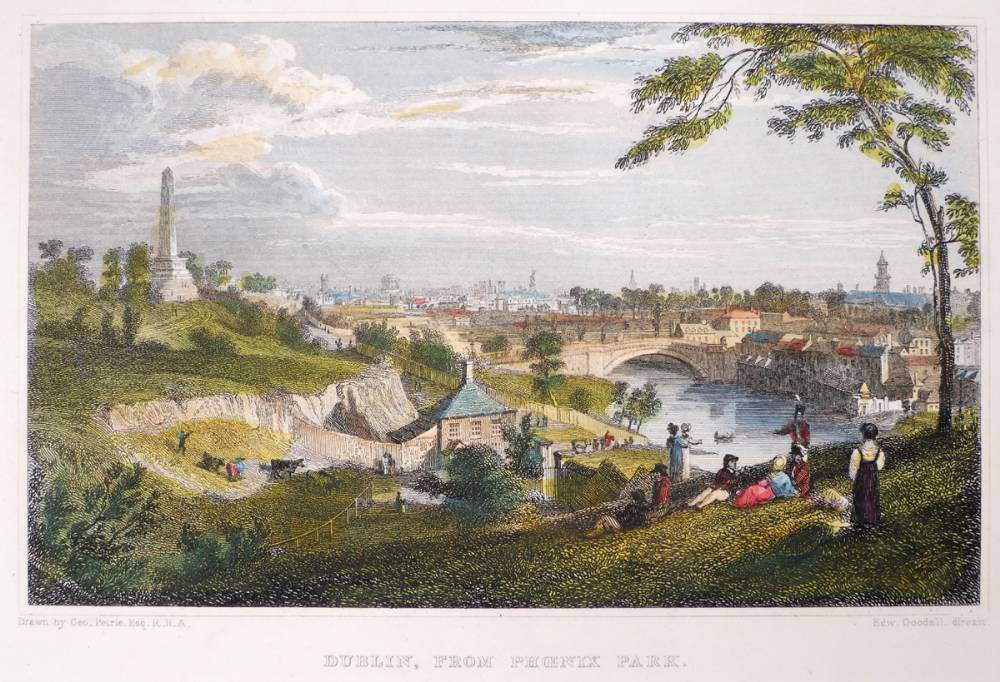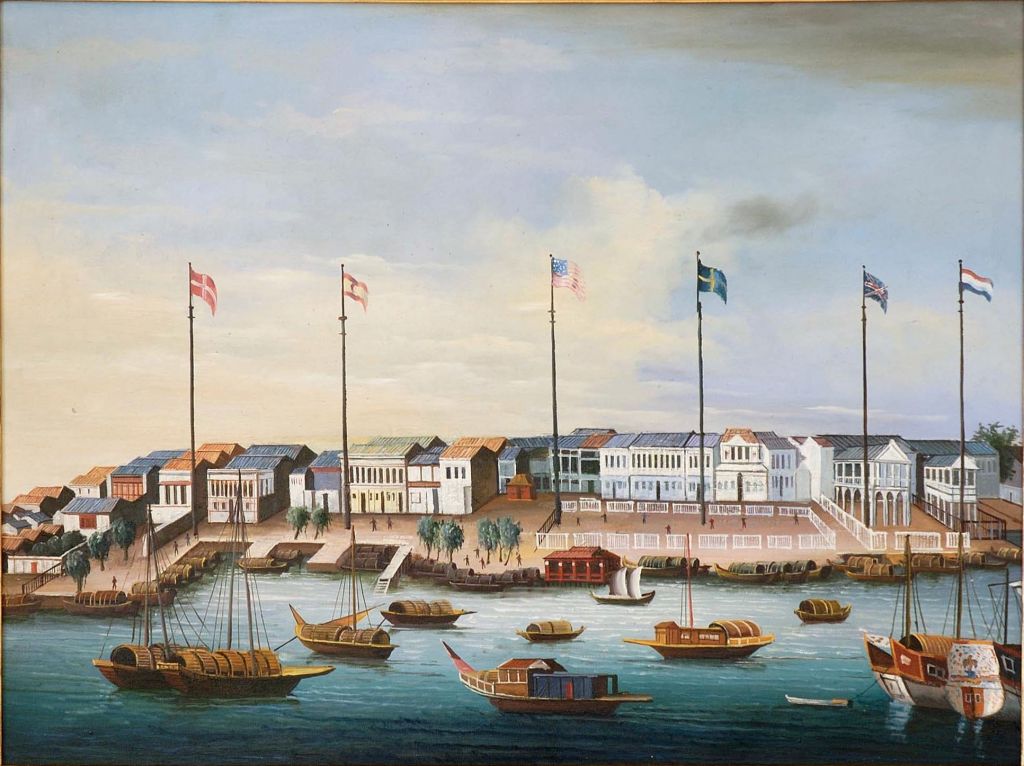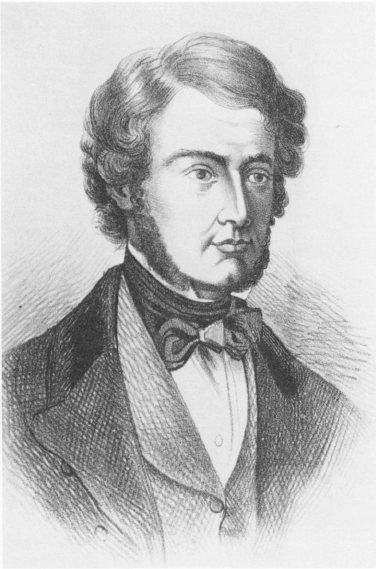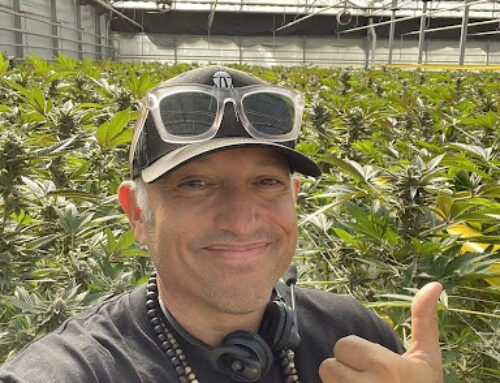Cannabis History: William Brooke O’Shaughnessy: The Irish Cannabis Pioneer Who Changed Medicine Forever
In the history of medical advancements, a few figures stand out as transformative pioneers. Among them, William Brooke O’Shaughnessy is celebrated for introducing cannabis into modern medicine, setting the stage for today’s understanding and use of cannabinoid-based treatments. His groundbreaking research and clinical applications during the 19th century paved the way for contemporary movements advocating cannabis reform and medical use. From cholera to epilepsy, O’Shaughnessy’s work remains a cornerstone in the annals of medical cannabis history. (Image: William O’Shaughnessy: Main Picture)
Early Life and Education: A Prodigy in the Making
Born in 1809 in Limerick, Ireland, O’Shaughnessy demonstrated remarkable intellectual prowess from a young age. At just 18, he was admitted to the prestigious University of Edinburgh, where he immersed himself in the study of chemistry, toxicology, botany, and anatomy. His passion for science extended beyond academia; he established his own laboratory of toxicology, where he became known for his innovative methods in the detection of poisons and the treatment of diseases.
By the time he completed his medical degree, O’Shaughnessy had already distinguished himself as a scientist of exceptional promise. However, his career took a defining turn when he joined the East India Company as a surgeon. It was in India that he encountered cannabis and began exploring its medicinal potential.

Ireland in the 18th Century
Discovering the Medical Benefits of Cannabis
In the early 19th century, diseases like rabies, tetanus, and cholera were widespread in India, often resulting in slow, painful deaths. Between 1833 and 1841, O’Shaughnessy meticulously studied the effects of cannabis on these and other conditions. He observed that cannabis could alleviate convulsions, muscle spasms, and severe dehydration caused by such illnesses, offering patients a degree of comfort and dignity in their final days.
One of his most compelling cases involved a 40-day-old infant suffering from epilepsy. Using cannabis, O’Shaughnessy managed to control the infant’s convulsions, effectively saving its life. This groundbreaking achievement demonstrated the plant’s potential in treating neurological disorders, a concept that continues to influence modern medicine.
Presenting the Findings: A New Era in Medicine
In 1839, O’Shaughnessy presented his findings to the Medical and Physical Society of Calcutta, an influential assembly of medical experts. His research validated traditional Indian uses of cannabis and introduced new therapeutic applications. The response was overwhelmingly positive. His work not only bridged cultural practices but also brought cannabis into the realm of modern science.
One of his significant contributions was his study on cholera, a disease that wreaked havoc across India. O’Shaughnessy noted that cannabis could mitigate the severe symptoms of the disease, such as chronic dehydration caused by relentless vomiting and diarrhea. While cannabis didn’t cure cholera, it helped stabilize patients long enough for their bodies to fight off the infection. This approach underscored his philosophy that reducing suffering could enhance the body’s ability to heal itself.

East India Offices, India 18th Century
Recognition and Legacy in England
O’Shaughnessy’s research didn’t remain confined to India. His work caught the attention of Sir Russel Reynolds, Queen Victoria’s personal physician. Reynolds became a vocal advocate for the medical use of cannabis, prescribing it for the Queen to relieve menstrual cramps. This royal endorsement played a pivotal role in popularizing cannabis as a therapeutic agent in 19th-century England.
O’Shaughnessy’s contributions earned him widespread acclaim, including a knighthood. His findings laid the foundation for the medical use of cannabis in Europe and North America, influencing subsequent generations of researchers and practitioners.
The Lasting Impact of O’Shaughnessy’s Work
William Brooke O’Shaughnessy passed away in 1889 at the age of 80, but his legacy endures. His pioneering work with cannabis not only advanced medical science but also challenged societal perceptions of the plant. Today, his influence is evident in the growing acceptance of CBD and THC-based treatments, which are used to manage conditions ranging from chronic pain and epilepsy to anxiety and PTSD.
Modern medicine has evolved significantly since O’Shaughnessy’s time, with antibiotics, vaccines, and synthetic pharmaceuticals revolutionizing healthcare. However, his work remains a testament to the potential of plant-based treatments. Cannabis, once dismissed as mere folklore, has become a critical component of medical research and therapy, thanks to O’Shaughnessy’s vision.

Queen Victoria, Empress of India
Bridging Past and Present
The rediscovery of O’Shaughnessy’s work comes at a crucial time when the world is reevaluating the role of cannabis in medicine and society. His story serves as a reminder that innovation often requires challenging conventional wisdom and embracing new perspectives. By validating traditional practices and applying rigorous scientific methods, O’Shaughnessy demonstrated that the path to progress lies in the union of empirical evidence and cultural understanding.

Indian people of 18th Century
Legacy
William Brooke O’Shaughnessy was more than a physician; he was a trailblazer who bridged the gap between traditional knowledge and modern science. His introduction of cannabis into Western medicine has had far-reaching implications, shaping the way we approach plant-based treatments today. As the global conversation around cannabis continues to evolve, O’Shaughnessy’s pioneering spirit remains an inspiration for scientists, medical professionals, and advocates alike.
His work is a cornerstone of the cannabis movement, a movement that is not merely about legalization but about unlocking the full potential of a plant that has been part of human history for thousands of years. In honoring his legacy, we acknowledge not only the strides made in the past but also the possibilities that lie ahead in the ever-expanding field of medical cannabis.



































